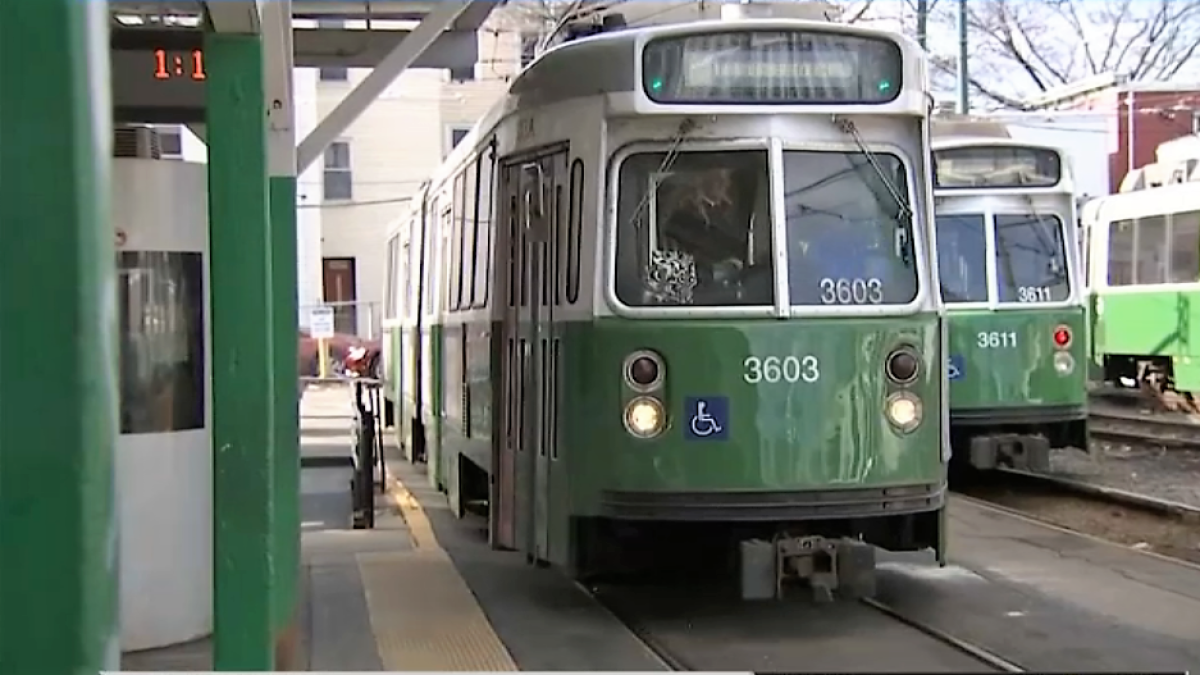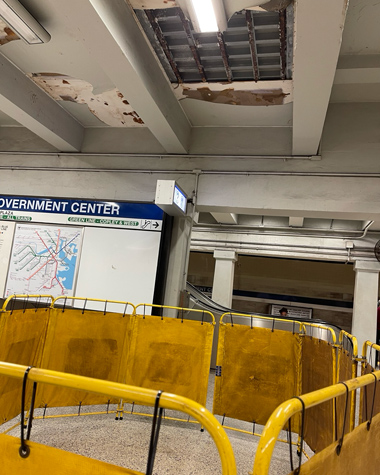F-Line to Dudley
Senior Member
- Joined
- Nov 2, 2010
- Messages
- 9,553
- Reaction score
- 10,430
Type 10 seating hasn't been finalized yet, but a 2-car supertrain is expected to seat at much as a 3-car Type 7/8/9 consist...so roughly 132 seats for 2 cars or 66 seats for 1 car. A 6-car Blue Line set seats 210, roughly 37% more than a Type 10 deuce. A 6-car Orange Line set seats 255, a 48% increase over a Type 10 deuce. It's a fairly sizeable capacity difference between LRT and HRT.Questions that I thought of as a result of the ongoing Red-Blue discussions.
1. How does the capacity of a 6-car Blue Line train with the current fleet compare to a 2-car Green Line Type 10 set?
2. F-Line mentioned this in June:
Assuming removing Bowdoin and reconstructing State St curve allows Blue Line to use longer trains while still running 6-car sets, how difficult is it to extend all platforms to accommodate for the increase in length of each train set?
The motivation behind these questions is: For whatever possible destinations that have been proposed for a Blue Line Extension beyond Charles/MGH, how feasible is a Green Line branch or another light rail system as a replacement, possibly with grade-separated ROWs?
The main concerns seem to be limited Green Line capacity through Central Subway and the likes, lower capacity per train, and limited potential frequency compared to BLX. The main benefit is that you don't have to build a riverbank subway (thus is feasible even without a Storrow road diet).
To modify the platforms for full-on OL lengths they'd have to extend all platforms on the line by +50 feet. All of the outdoor stations have slack provisions for that based on the last round of 2001-04 platform lengthenings, and Maverick has lots more platform space beyond the cinderblock wall to extend. So it's primarily State, GC, and Aquarium where most of the hard work will need to take place (State would need a lengthening in the easterly direction anyway to cut platform on the westerly/curve side for turn radius).




